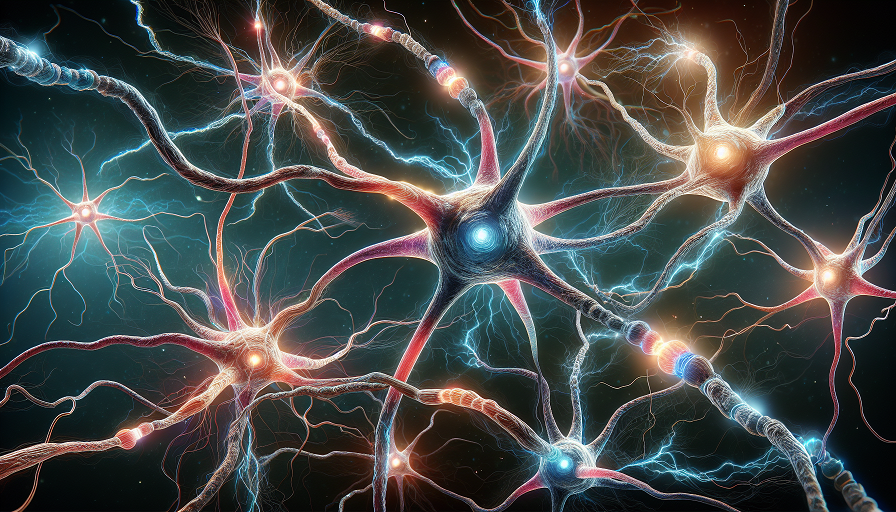
Short answer: Probably – at least subtly. Research on storytelling and rhythmic light suggests that narrative prosody and firelight’s low-frequency flicker can nudge the brain toward relaxed, internally focused rhythms (alpha/theta) while enhancing group synchrony. Evidence specific to campfires is limited, so think of this as a plausible, low-tech way to promote calm attention rather than a guaranteed neurological hack.
Contents
Why Stories Shift Brain Rhythms
Speech has rhythm. The syllable and phrase structure of natural storytelling tends to cluster in low-frequency bands; the auditory cortex tracks these envelopes and aligns (“entrains”) its oscillations to them. This alignment supports comprehension and memory by timing neural excitability to incoming information. In practice, listeners often report a settled, absorbed state during steady, well-paced narration – consistent with increases in alpha (≈8–12 Hz) and theta (≈4–7 Hz) activity associated with relaxed attention, imagination, and episodic encoding.
What the Campfire Adds
- Low-frequency visual flicker: Flames produce irregular, predominantly low-frequency luminance changes that overlap with bands governing attention and relaxation. This kind of gentle stimulation may encourage a calm, internally oriented state compared with steady ceiling lights or bright screens.
- Warm spectrum, low intensity: Firelight is low in blue wavelengths and dim relative to indoor LEDs. In the evening, that combination is less likely to suppress melatonin, which favors a wind-down state compatible with alpha/theta dominance.
- Rhythmic multisensory cues: Crackling sounds, the warmth of radiant heat, and the social circle geometry all add predictable, soothing inputs that reduce vigilance demands.
Brainwave Patterns Most Likely to Shift
- Alpha (≈8–12 Hz): Often rises when eyes are open but the mind is calmly focused inward. Firelight plus story absorption can support this state, which people experience as tranquil attentiveness.
- Theta (≈4–7 Hz): Linked to imagery, episodic memory, and creative association; commonly observed during meditation and drowsy relaxation. Narrative immersion may modestly increase frontal-midline theta for some listeners.
- Beta reduction (≈13–30 Hz): As vigilance and task-switching demands drop, higher-frequency beta activity can ease, aligning with a less effortful cognitive stance.
Social Synchrony: The Group Brain Effect
When people attend to the same story, their brains can synchronize at the level of timing and patterning – a finding reported in “hyperscanning” studies that record multiple listeners simultaneously. Around a fire, shared gaze, posture, and temperature further reduce competing stimuli, which may increase this inter-brain coupling. Practically, groups often notice easier turn-taking, more laughter, and a sense of collective calm – behavioral signs of synchrony that track with feelings of belonging and safety.
Practical, Science-Guided Setup
- Keep light gentle: Use a modest campfire or contained fire pit. If outdoors isn’t possible, a dim, warm-colored lamp or LED candle cluster approximates the spectrum without smoke.
- Tell paced stories: Favor steady cadence and clear pauses over rapid, high-arousal delivery. Add simple repetition or refrains to encourage entrainment.
- Form a circle: Sit at equal distances, reduce background noise, and ask people to put away phones to minimize competing high-frequency visual input.
- Time it right: Early evening works well – late enough to avoid bright daylight but early enough to prevent strong sleepiness that can fragment attention.
- Add quiet rhythm: Soft hand-drumming or gentle tapping at slow tempos can deepen the entrainment effect for some groups.
Who Should Be Cautious?
- Photosensitive epilepsy: Although natural flames are irregular (not a constant strobe), any flicker can be provocative for some individuals. Keep light diffuse, avoid staring, and prioritize safety.
- Asthma/smoke sensitivity: Sit upwind, use smokeless fuels, or choose indoor warm-light alternatives.
- Insomnia: If you’re very sensitive to evening stimulation, end sessions well before bedtime to protect sleep continuity.
Limits and What We Don’t Know
Direct EEG studies isolating campfire variables are scarce. Most of what we infer comes from adjacent lines of research: auditory entrainment by speech rhythm; effects of low-intensity, warm light on arousal and melatonin; and group synchrony during shared narratives. Expect individual variability – some people find fires energizing or distracting, others deeply calming. Treat the practice as a context for relaxation and connection, not a medical intervention.
Cultural Context
Oral storytelling around fires is an ancient human behavior that likely leveraged exactly these mechanisms: predictable rhythm, low-threat light, and tight social circles. The combination may have supported memory for traditions and rules while building cohesion. Modern versions (backyard fire pits, dim-lit living rooms) can reproduce many of the same cues in safer, accessible ways.
Bottom Line
Listening to stories by firelight likely tilts the brain toward calm, internally focused rhythms and enhances a sense of togetherness. The effect size is modest and context-dependent, but the ingredients – rhythmic speech, warm low light, and reduced competing stimuli – are all conducive to relaxed attention. If you enjoy the ritual, it’s a reasonable, low-cost way to end the day with clearer, quieter cognition.

